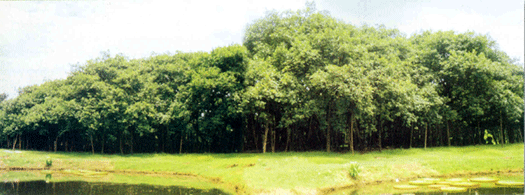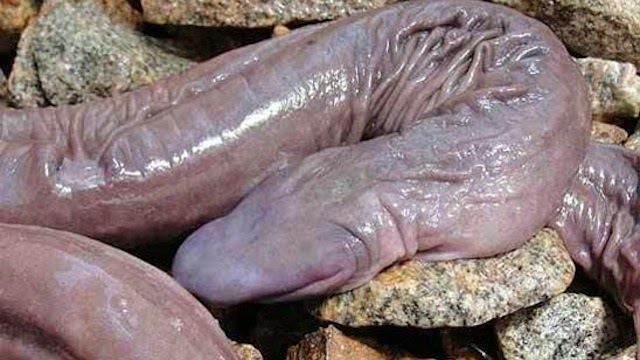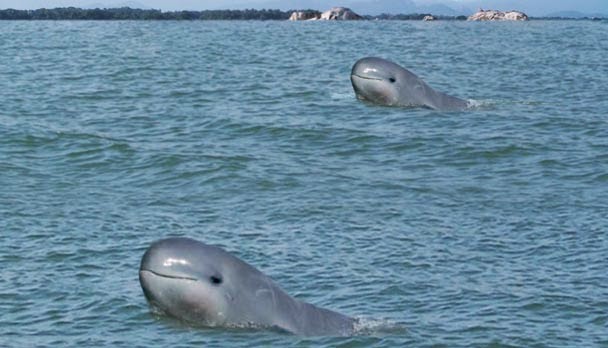How to Focus
.jpg)
Evolve to be better Most living organisms on earth are either too bigger in size or are too much hardworking or may live too longer lives against humans. Some of them have got so advanced senses that sometimes our machines fail to attain that much of capability. Some can run or fly or swim even faster than most of our average cars. We as humans are actually fragile with body and most organisms, weather aquatic or terrestrial animals, micro bacteria or macro insects, reptiles or mammals or amphibians, carnivorous or herbivorous; all can easily kill an average human being without much effort. Still humans are called the most dangerous animals on earth. The reason is that though we don’t have much muscle power and we don’t have the sharp teeth and nails to kill, but we have got the intelligence, memory, precision and control. We as humans do a lot of things and have a lot of things to worry about. We always have a pressure to compete with others and attain better positions in li










